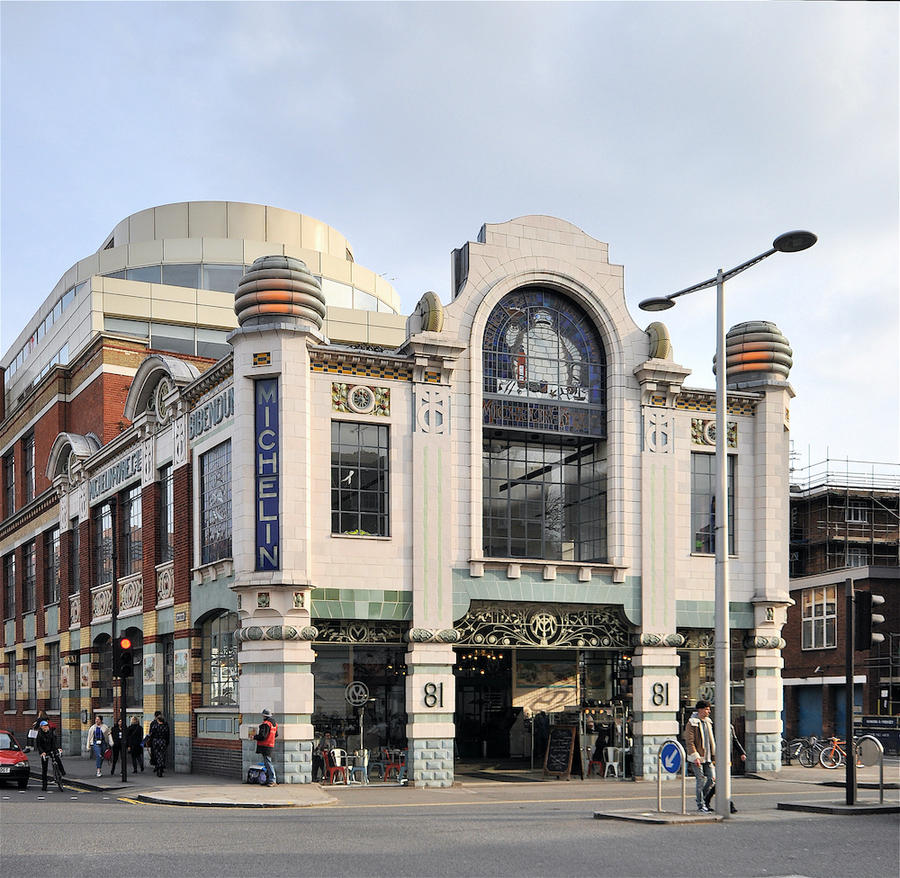Terence Conran may be gone, but his influence on the global home furnishings industry will go on forever.
Sir Terence—he said he only used the title when making dinner reservations—died over the weekend at his home in England at age 88. The family did not announce a cause of death.
Although initially a designer of furniture, fabrics and other home furnishings, Conran spent some six decades as a retailer of home products, at one time owning more than 900 stores across Britain, Europe, Japan and the United States. Though his financial successes came and went more than once, his impact on home furnishing retailing and design never diminished, and the boldface names in today’s retail landscape—from Crate & Barrel to Pottery Barn to RH—can all trace their roots back to his Habitat and Conran stores of the second half of the 20th century.
Conran opened his first Habitat store in 1964 in London’s trendy Chelsea neighborhood—the staff wore uniforms by mod designer Mary Quant and hairstyles by Vidal Sassoon. The products were often designed by Conran himself in a simple yet classic style that combined Scandinavian influences with modernism.
In 1977, he came to America for the opening of The Conran Shop on the east side of Manhattan. The company could not use the Habitat name because another retailer had already claimed it, but the store duplicated its European counterparts with the same mix of furniture, housewares, tabletop, rugs and wall art and a selection of gifts and decorative accessories. The location was an unlikely one, not necessarily in a prime shopping district and wrapped around the base of the new office tower in an oddly configured maze of selling space. “I like to pick unusual locations,” Conran told me in an interview on its opening night. “Besides, the rent was a good deal.”

Those attributes became benchmarks for the chain, which often picked historical locations that became destinations. But overexpansion eventually took its toll on the company, then known as the Storehouse Group, and Conran was forced out in 1990. The company was broken up soon after; Habitat stores were sold to Ikea and eventually the entire operation, including several U.S. stores, were shut down.
Conran himself retained several stores and began to rebuild under his own name in Europe and Asia. The stores were more upscale than his original Habitat formats but still retained his designs and aesthetic. Increasingly, he focused on the restaurant business, with several locations in Europe, including one in the landmark Michelin building in London.

It was as a retailer and restaurateur that Conran returned to America in 2000, with a new store and dining location called Guastavino’s under the Queensboro Bridge on the far east side of Manhattan. Once again, he chose an unlikely site: The restaurant was located in the tile vaults, designed by Catalonian architect Rafael Guastavino, while the store had a street-level presence that led to a much larger underground space. The above-ground portion featured a concave curved roof line, a serendipitous design element, Conran told me at its opening. “I had the original model in the overhead compartment on the plane and the roof got pushed in.” He said he liked the look, so it became the defining feature of the new store.
Conran’s second U.S. efforts eventually met the same fate as the first. The restaurant was converted to a private event space and is no longer associated with Conran; the store closed, then reopened on the lower level of New York’s iconic ABC Carpet & Home, then closed again several years later. The company is no longer represented in the U.S., though it continues to operate in Europe.
While Sir Terrence remained involved in the business, much of his attention went to The Design Museum in London, which he founded in 1989, as well as his restaurants. Several of his children—he was married four times—have had active careers in the home design field, including helping to run the retail business. Sir Terence Conran leaves his wife, Victoria, five children, 14 grandchildren, one great-grandchild, and a legacy that will be felt in the home furnishings business and households around the world for generations to come.
____________
 Warren Shoulberg is the former editor in chief for several leading B2B publications. He has been a guest lecturer at the Columbia University Graduate School of Business; received honors from the International Furnishings and Design Association and the Fashion Institute of Technology; and been cited by The Wall Street Journal, The New York Times, The Washington Post, CNN and other media as a leading industry expert. His Retail Watch columns offer deep industry insights on major markets and product categories.
Warren Shoulberg is the former editor in chief for several leading B2B publications. He has been a guest lecturer at the Columbia University Graduate School of Business; received honors from the International Furnishings and Design Association and the Fashion Institute of Technology; and been cited by The Wall Street Journal, The New York Times, The Washington Post, CNN and other media as a leading industry expert. His Retail Watch columns offer deep industry insights on major markets and product categories.




























